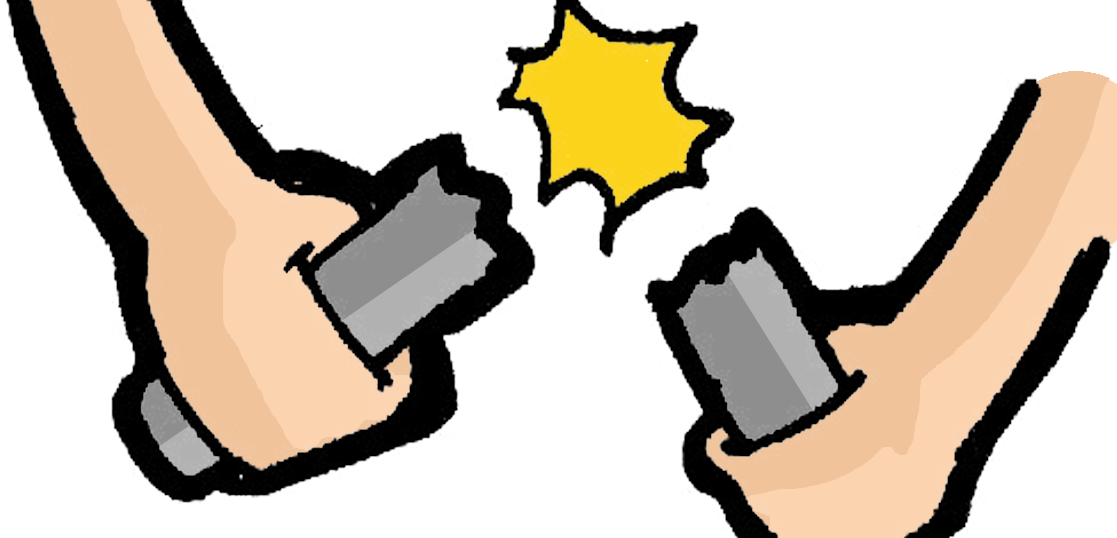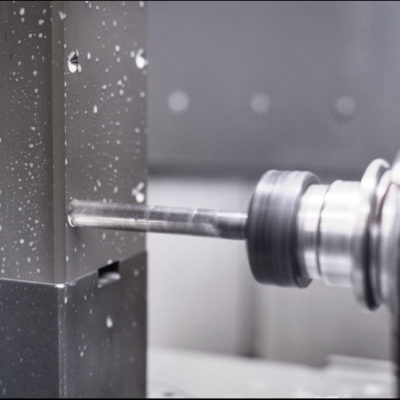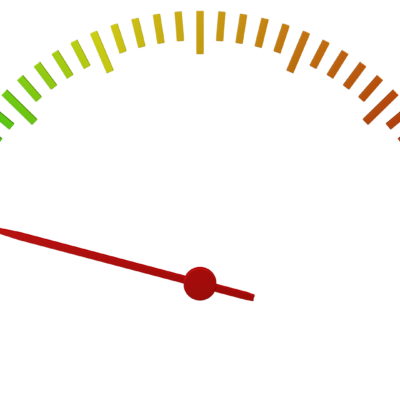A few years ago, one of our customers reported a rod end breakage within their V250 Vega cylinder. The rod itself was made of hardened 42CrMo4 steel, just like the following sample pictures:
What caused this breakage? Was the cylinder or the materials it was made of low-quality? Was its production flawed?
Analysis Results:
Examining the cylinder and its rod very carefully, it became quite clear that the problem was not how the cylinder was made or its materials. Instead, this kind of breakage was caused by fatigue. How did it happen? There are two possible reasons:
- Fatigue breakage caused by rod misalignment due to application. If there is a misalignment between the cylinder rod and the moving parts (slides, wages, and so on), all the mechanical stress will heavily weigh on the notches and threads, causing a fatigue breakage of the rod.
- Crash breakage caused by accidental errors during mold opening/closing
Possible Solutions:
- In case the breakage is caused by rod misalignment, one possible solution is using floating joints (see Vega products catalog). If they are already being used, we suggest making sure that the coupling with the seat within the mold is properly made: in case it is too ‘tight’, the same constraint condition could take place again.
- In case the breakage is caused by accidental errors, there are two possible solution. 1) Installing magnetic end-rod switches directly on the cylinder (if your cylinder is not prearranged for magnetic switches, the necessary changes can be made in Vega). 2) Installing mechanical security switches near the mold mechanical stop.
Moreover, in order to avoid such problems and misuses, we suggest performing a regular maintenance of all your cylinders. The following article may prove to be useful: https://www.icvega.com/support/maintenance-importance-quick-accurate




